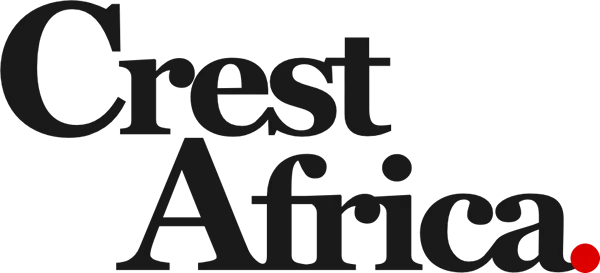Botswana’s central bank kept its main policy rate unchanged at 1.90% on Thursday, marking the sixth consecutive meeting without a change, as it weighed growing risks to inflation in a weak domestic economy.
Annual inflation in the Southern African country is currently 1.1%, well below the central bank’s 3%–6% target range.
However, the Bank of Botswana raised its inflation forecast, now expecting an average of 3.5% in 2025 and 5.9% in 2026, compared to its June projections of 2.7% and 4.6%, Reuters reported.
The bank widened the pula’s trading margin in July, prompting commercial banks to adjust foreign exchange rates and leading to higher prices for some goods and services.
“Risks to the inflation outlook are assessed to be tilted to the upside. This is primarily due to market reaction following the recent widening of trading margins of the pula, which led to an increase in prices of some goods and services,” Governor Cornelius Dekop said.
Don’t Miss This:
Africa’s Top Diamond Producer Botswana Cuts 2025 Diamond Output Amid Global Market Slowdown
To boost economic competitiveness, the government announced last month that it would allow the pula to weaken by 2.76% over the next year, a faster pace than the 1.51% depreciation announced in December.
Authorities say the move is intended to make local products more competitive, curb demand for foreign currency, and protect reserves.
Another review of the currency’s exchange rate framework is scheduled for the end of the year.
Dekop noted there was still room for monetary policy to stay accommodative to support economic recovery and shield the economy from the effects of sluggish global growth.
Botswana, long regarded as one of Africa’s economic bright spots, has been hit by a slump in the diamond industry, causing GDP to shrink by 3% last year and raising concerns of another contraction this year.
Don’t Miss This:
Botswana Signs $12 Billion Investment Deal With Qatar’s Al Mansour Holdings
Image Credit: Reuters



